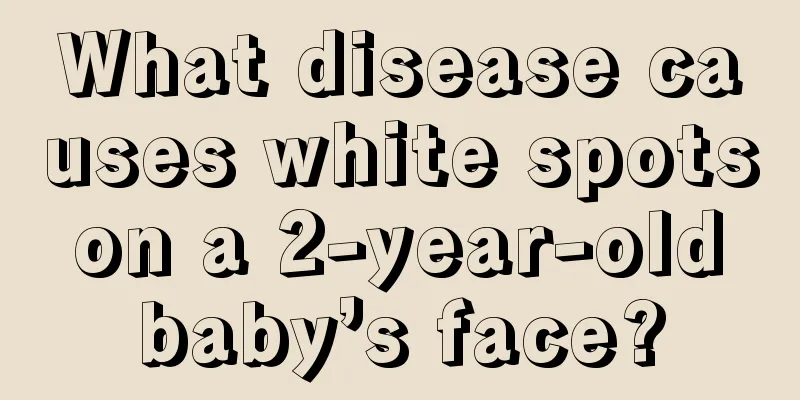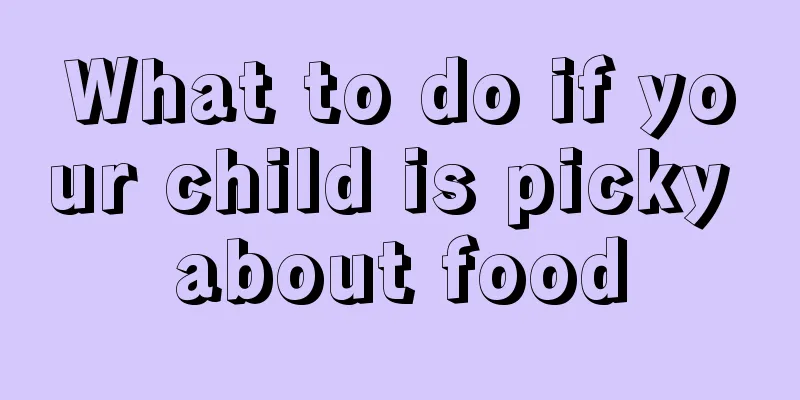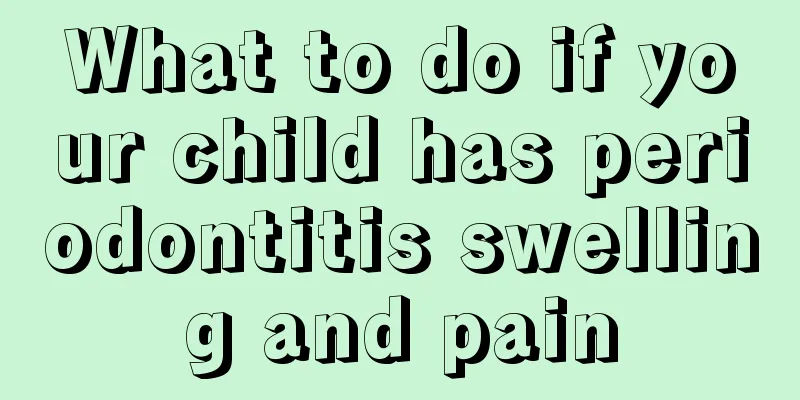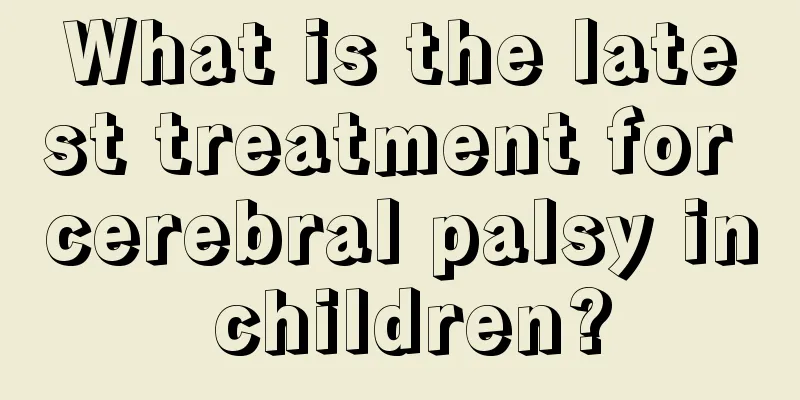Baby has a fever of 39 degrees

|
For parents, the physical health of their baby is extremely important. Colds and fevers are common diseases among babies. The normal body temperature of babies is within the range of 36 to 37 degrees Celsius, just like that of adults. However, if the baby's fever exceeds 39 degrees, medical treatment should be sought in time. In addition, some physical cooling methods are needed to help the baby relieve the uncomfortable feeling. So what should I do if my baby has a fever of 39 degrees? In fact, it is not suitable for younger babies to take medicine to reduce fever. Therefore, for babies under 3 years old, the best way to deal with a high fever is to wipe the body with alcohol, use ice packs to reduce fever, etc. These are better treatment methods. Here I will tell you what to do if your baby has a fever of 39 degrees. What to do if your baby has a fever of 39 degrees A child's fever of 39 degrees is already a high fever and should be treated promptly. If you cannot go to the hospital immediately, you need to observe the child's fever condition, such as whether the child has slow reaction, convulsions, or other abnormal reactions. Parents can use antipyretic drugs and do some physical cooling at home. 1. Warm water bath: Dip a towel in warm water (the water temperature should not be too hot) and wipe the neck, armpits, and thighs for 5 to 10 minutes. You can also use a commercially available "cooling patch" (or a household ice pack) on the forehead to help dissipate heat and reduce temperature. 2. Take antipyretics: When the baby's fever exceeds 38.5 degrees, the doctor will consider using oral medications or rectal suppositories to reduce the baby's fever. Or when the above physical measures are not effective, oral antipyretics can be taken to reduce the temperature. 3. Ventilation and heat dissipation: ventilate more, pay attention to heat dissipation, wear loose clothes, and avoid wrapping yourself with a quilt. You can use air conditioning in the summer and control the room temperature at around 27℃. Remember to open windows regularly to allow air convection in the room. 4. Ensure hydration: Drink plenty of water and eat liquid foods, such as watermelon juice, to ensure that the body has sufficient energy and hydration. 5. Take off too many clothes: If the baby's limbs and hands and feet are warm and the whole body is sweating, it means that the baby needs to dissipate heat, so he can wear fewer clothes. 6. Ensure sleep: Getting more sleep and ensuring adequate sleep can be beneficial to recovery from illness. Parents have already understood clearly about the baby's fever of 39 degrees. Once the baby's fever exceeds 39 degrees, it is considered a high fever. In addition to timely medical attention and treatment, you also need to take some physical cooling methods immediately to help the child relieve the discomfort caused by the high temperature. You may want to use a towel dipped in some warm water to wipe the child's hands, feet, neck, etc., which will help dissipate heat and reduce temperature. |
Recommend
What to do if children's skin itches and bulges
When children's skin is itchy and swollen, we...
Why doesn't the baby gain weight by eating dry food?
For parents and guardians, of course they hope th...
How to eat egg yolk for six months baby
Newborn babies only need to drink milk, but when ...
Children occasionally have nosebleeds
Nosebleeds are not a very strange but not a commo...
What are the causes of stomach pain in two-year-old babies?
Some babies always complain of stomachaches, but ...
Why is the child's hair yellow?
I have always felt that Chinese people’s hair sho...
The best treatment for cerebral palsy in children
Cerebral palsy in children has a great impact on ...
What should I do if my baby eats too much and vomits?
During this period, the baby's stomach and in...
What foods should children with anemia eat?
Anemia in children is often caused by a relativel...
What to do if children do not absorb food
Mealtime is an important stage for absorbing nutr...
How to treat precocious puberty in girls
If a girl develops secondary sexual characteristi...
Why does my 4-month-old baby always sweat?
My 4-month-old baby always sweats on his head. At...
How to identify ADHD in children?
Many children have been very naughty since childh...
What are the developmental indicators of eight and a half month old babies?
Every child is an angel, and the birth of a newbo...
What should I do if my child does not defecate?
It is very difficult for children to defecate. Ch...









